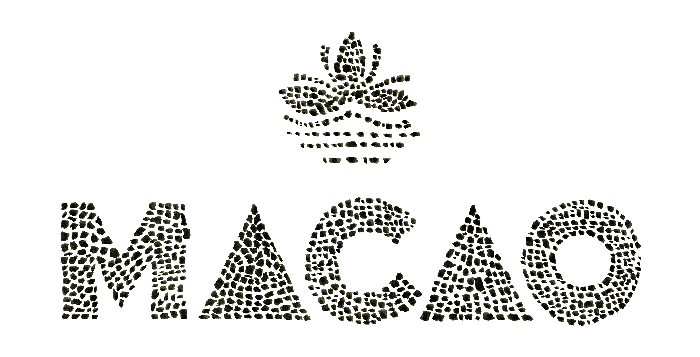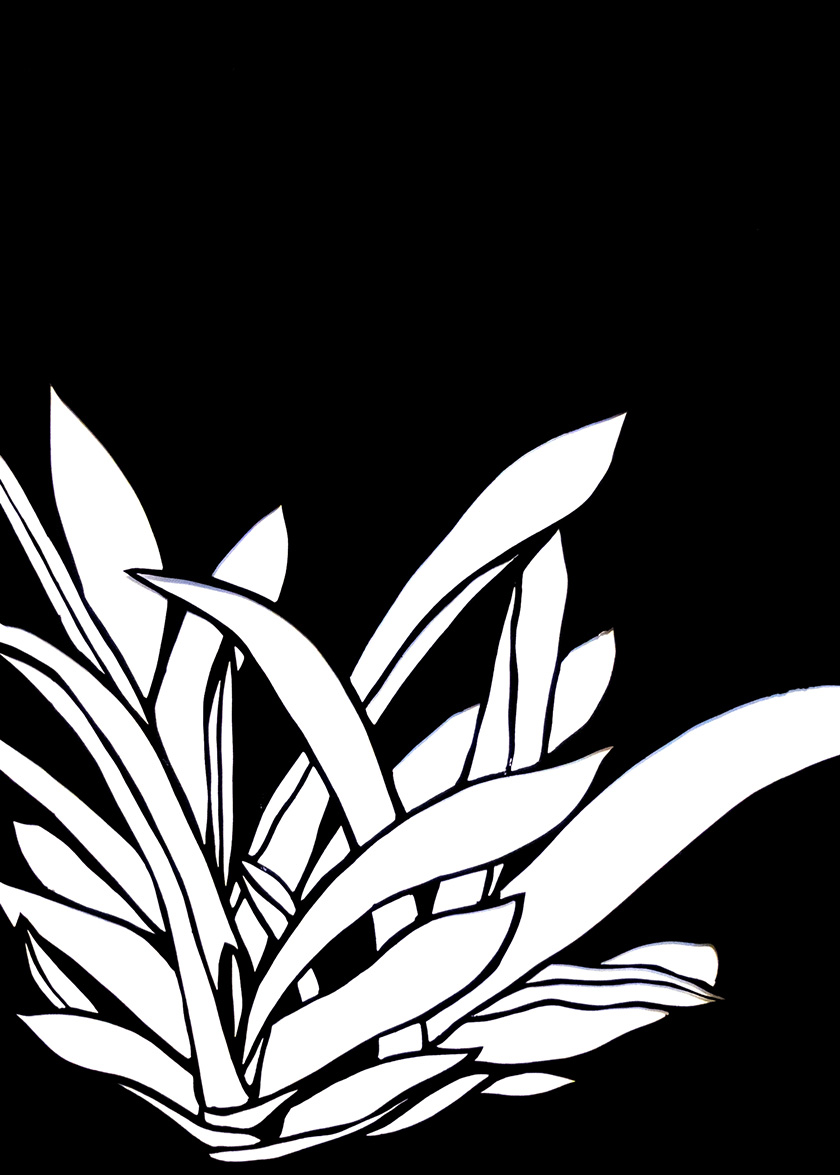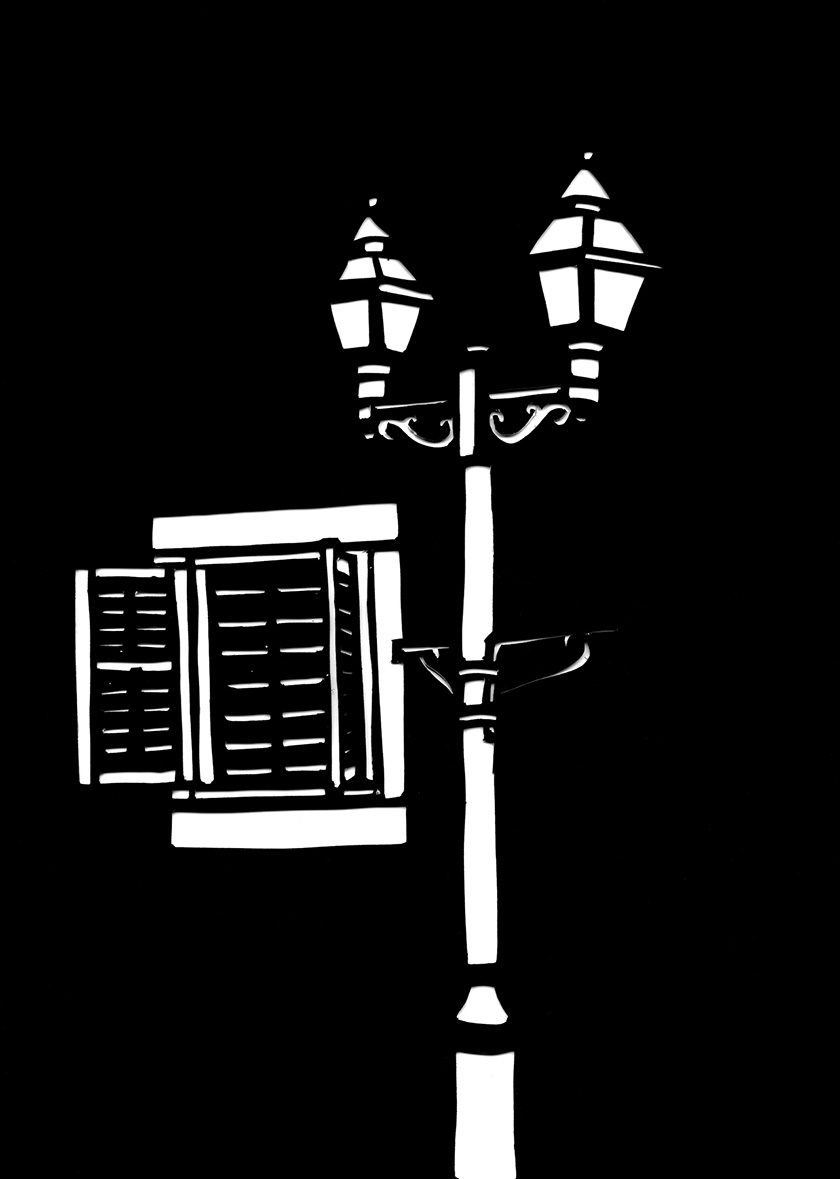






It’s hot and bright. Sun glints off the plate glass windows of Chanel and Dior shops. The hotel rooms are large, the bathrooms are made of marble and a perfect bed await. But there are no bings and clangs and endless flashing lights. No calls from card dealers draw your attention to the baseball hat wearing crowds that form around them. In Macao, it’s hard to find the gambling areas in the resorts at all. On our stay, I kept meaning to spend time in a casino to see what gambling actually looked like, but never got past a quick glance into a quiet room. The gambling in Macao is expressly hidden away from the grand entrances of the resorts, behind closed doors, no drinks allowed.
We did visit the new megaplex resort that is Studio City, where a massive ferris wheel is indeed built into a new skyscraper, 20 something flights up. We rode the lit-up escalators, visited a few themed restaurants and passed by luxury shops in indoor malls that did remind me a bit of Las Vegas. Yet the Macao I became fond of emerged from the neighborhoods that I would consider the real city, where the old casinos (like the landmark Hotel Lisboa with an awesome glammy 70’s vibe) spill into the busy streets of a thriving metropolis.

Macao was a Portuguese colony until 1999. And while the province is now emancipated, the city still prides itself on its heritage. The Portuguese language itself prevails - you will find it still on almost all public signs, as well as throughout the vernacular language and of course on most restaurant menus. A good example of that pride is found at the Ruins of St. Paul - a seventeenth century Jesuit church that burned in a fire after a typhoon in 1835. Today, a magnificent section of the façade remains, supported and transformed into an open air museum, as well as one of the favorite meeting places in the city, especially during golden hour where it serves as a selfie hangout.
Below the steps of the ruins, streets and alleyways are filled with local shops and food stalls packed with gift boxes; pretty almond cookies and barrels brimming with varieties of jerky ranging in flavor from spicy pork with abalone to pork with black pepper and then further onto wild boar and ostrich.
The most iconic Portuguese reference comes from the famous tiles that line the grand pedestrian thoroughfares of Lisbon, Porto, Brazil as well as the squares and streets and fountains of Macao. Throughout the central business districts, you are constantly reminded of this history as you cross over the Calçada of tiled ships, tiled waves and tiled patterns all masterfully constructed of the signature two-toned Portuguese mosaic tiles.
To find the heart of Macao head into the neighborhoods. Home cooks come to buy the freshest available fish and produce in Chinatown, never deigning to prepare food they have not purchased alive. Wooden-shelved natural apothecaries house thousands of deep drawers piled high with homeopathic remedies. Uniformed children stop at tea shops on their way home from school with their parents, sitting comfortably beside international tourist couples with rainbow dyed hair.

In the colorful Lazarus district we ran into a local designer’s photo shoot while taking pictures ourselves of the multi-colored colonial balconied walls, covered with hanging plants as scooters streamed by. After striking up a conversation with the line’s designer, we walked around the corner to her shop, En Masse, where she proceeded to customize a perfect leather handbag for me on the spot.
Even while Macao itself is cosmopolitan, the pace is much slower than that of nearby Hong Kong’s (which is a short ferry ride away). Beyond the central tourist squares the pace is even more relaxed. In Taipa Village we stopped by a small design shop, Quarter Square. The designer/owner Alberto Chan had recently moved back after years in New York. His shop houses a little café as well and Alberto urged us to take our iced coffees and head to the roof deck to relax and watch the sun set over the low-slung buildings of the island.
Locals and tourists alike make a pilgrimage out to Coloane Island where you can find the oldest version of the famous Macanese egg tarts, (less sweet than the traditional Chinese one). Golden yellow boxes in hand, they relax along the tree-lined waterfront, families on benches and dogs napping in the last warm light beside parked motorbikes.
On Coloane we enjoyed my favorite evening of the trip over a long dinner outside at casual Nga Tim Cafe. The restaurant is housed in a tiny square and looks onto the petit and bright yellow and blue St. Francis Xavier Church. Course after course we feasted on fresh local fish and spicy noodle dishes, presided over by the owner himself. We drank ice-cold Macanese beer out of heavy glass mugs and bought miniature fireworks from a local vendor. This was not the Chinese Vegas I was expecting, but rather a much more culturally lush and deep city with layers of history and culture to explore.

An authentic old-school tea lounge, serving dim sum brunch and fragrant teas.
Tiny coffee shop with two stories that serves delicious coffee including a mocha. Choose your own local chocolate bar to melt into your drink.
Part of a mini-chain with locations in the Philippines and Japan, this bakery lures you in with flaky egg tarts.
Festive and vast, this Portuguese restaurant is big on seafood and fish, especially cod, and features an expansive wine list.
A cozy and inviting restaurant on the island of Taipa, Litoral specializes in traditional Macanese dishes like stuffed suckling pig and rich stews.
In this Michelin-recommended establishment, Portuguese favorites are elevated with expert touches.
The Mandarin doesn’t house a casino. Instead, it offers an an infinity pool overlooking the river, dim sum breakfast in a stylish, contemporary Asian dining room and other plush touches.
Modern and impressive, this hotel houses a Clarins spa, Turkish steam baths in the rooms and extravagant design.
Offering a modern and reserved take on Macanese luxury, the St. Regis combines classic design and great service with sweeping city views.
The futuristic museum is a must-see, from the building, designed by the world-renowned architect I.M. Pei, to the clever exhibits.
In the heart of Taipa, this busy street is the home of many local restaurant and souvenir shops.
A traditional Chinese residential compound built before 1869 that fell into disrepair and is now a stunning ruin turned museum.
A unique collection of local historic buildings, the Taipa Houses is an architectural gem, combining a shop, art and historic artifacts.
Built in 1865, this is the first modern lighthouse on the Chinese coast, and an important landmark for Macao.
In this stylish boutique, you’ll find jewelry and crafts by local designers.
Beautiful handmade leather bags and accessories.
Spectacular even by Macanese standards, the huge ferris wheel at the Studio City hotel is shaped like a figure 8 and stands for a quite thrilling experience.































